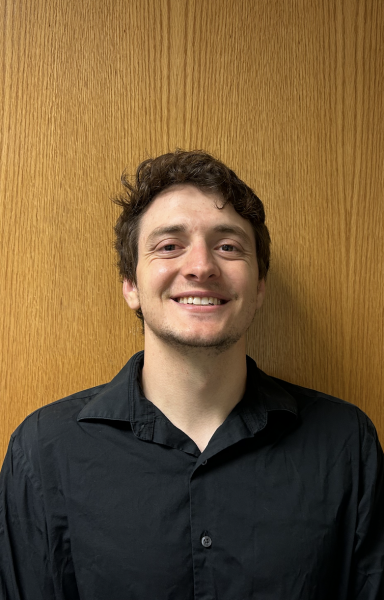Rupture along Branch Faults: Implications for Earthquakes and Tsunami-genesis in the Eastern Sea of Marmara
Video not found
Please check back later. Videos are usually posted within 24 hours.
Evan Marschall
University of California Riverside

- Date & Time
- Location
- Hybrid In Person and Online-only seminar via Microsoft Teams
- Host
- Evan Hirakawa
- Summary
The North Anatolian Fault Zone (NAFZ) in Turkey is a ~1500 km long right lateral fault system. Extending from the Bitlis-Zagros suture zone in the east and through the Sea of Marmara in the west, it accommodates much of the 2-3 cm/yr plate motion between the Eurasian and Anatolian plates. In the 1900s this fault system experienced a sequence of M > 6 which migrated from east to west driven by coulomb stress changes. In 1999 the M 7.4 Izmit earthquake ruptured a 125 km segment of the NAFZ just east of the Sea of Marmara. Coulomb stress changes from the Izmit earthquake have brought the offshore segments of the NAFZ closer to failure. This region has records spanning back thousands of years documenting accounts of large earthquakes rattling Istanbul and the surrounding area. However, these records also indicate that many of these large earthquakes were accompanied by tsunamis. Tsunamis are often associated with regions characterized by megathrust faults, so it raises the question as to why the Sea of Marmara, which is predominantly characterized by branching transform faults, has such a robust tsunami history? In this research we focus on how inelastic yielding may affect the rupture along the NAFZ and its possible role in tsunami-genesis. In this research we use FaultMod, a finite element code, to run the dynamic rupture simulations and then use the ground displacement outputs from those models as inputs into the GeoClaw finite volume code to run the tsunami simulations. Initial results indicate that nucleation location and material properties both have a strong effect on the rupture path. Preliminary results also indicate that maximum tsunami height in several regions along the coastline of Sea of Marmara are also dependent on nucleation location, but don’t seem to have a strong dependence on material response (I.e Elastic vs inelastic yielding). In the future we plan to run additional models with a slightly different geometry which includes an oblique-normal fault segment along the fault system and hope to include the real-life topography/bathymetry and a non-uniform velocity model. The inclusion of topography and a velocity model may have impacts on the rupture behavior and tsunami-genesis.
 Jump to Navigation
Jump to Navigation